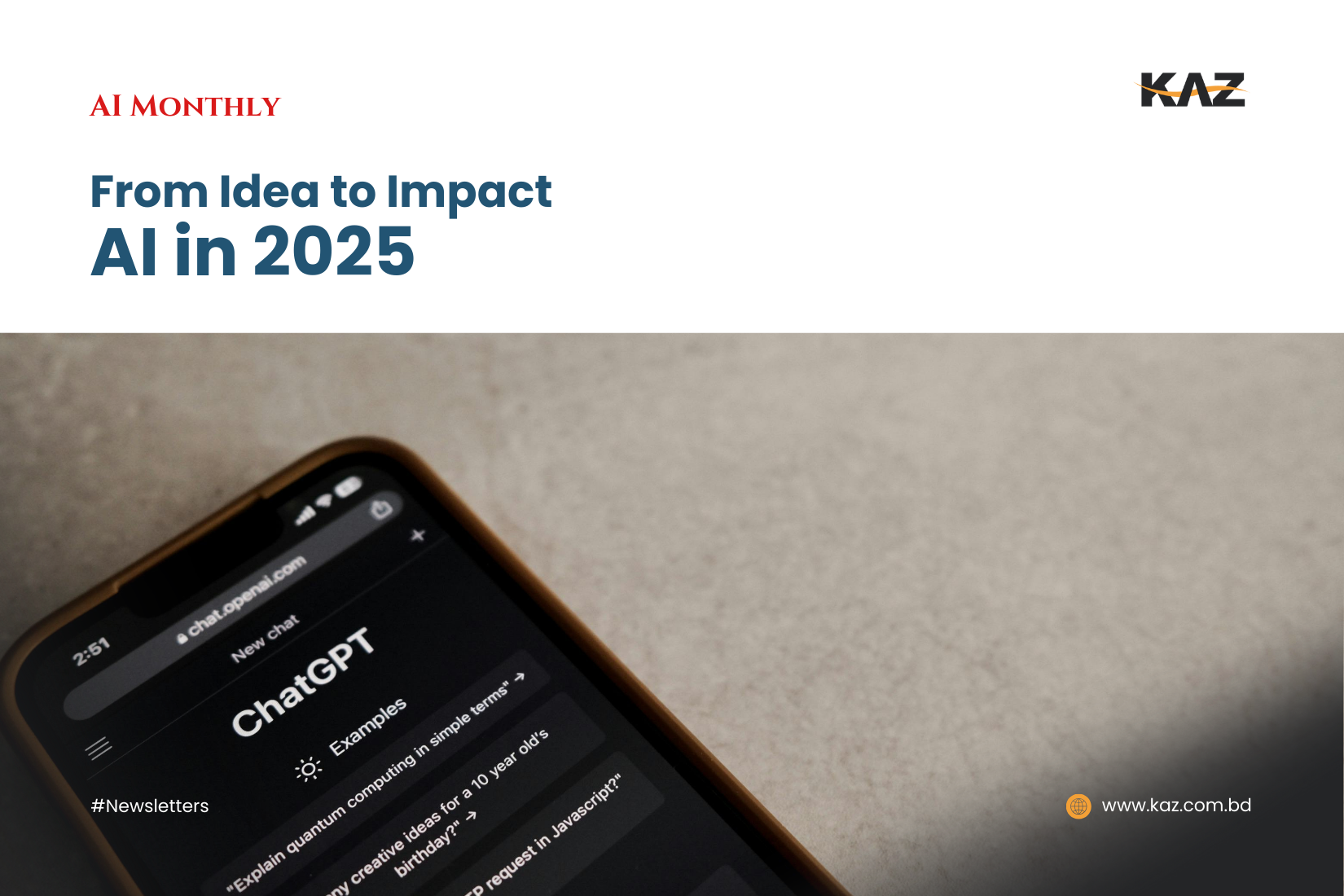How AI Transforms Businesses in 2025
/Turn your AI vision into a working plan — fast.
Discover how AI can solve real-world problems, create new efficiencies, and give your business an edge — from first concept to working solution.
Understanding the Real Potential of AI in Business
Artificial Intelligence has long moved past the “buzzword” stage — it’s now a critical driver of competitive advantage across industries. Businesses are applying AI to automate routine tasks, analyze massive datasets in seconds, and predict outcomes with unprecedented accuracy. Yet the real potential of AI doesn’t lie in replacing humans, but in augmenting their abilities. A retail chain might use AI to forecast demand for products more precisely, reducing overstock and wastage. A healthcare provider could apply AI models to analyze patient records and identify early indicators of diseases, giving doctors a head start. The challenge is that every industry has unique problems, and no off-the-shelf AI tool can perfectly solve them all. This is why custom AI development has become the gold standard for businesses serious about transformation. By tailoring models to specific data, workflows, and goals, companies can unlock value that generic solutions simply can’t provide. AI’s potential is not just in what it can do, but in how it can be designed to work for your world — which is why understanding the right starting point is key. Those who take the time to explore how AI fits their exact needs stand to benefit far more than those who rush in without a strategy. This makes the case for thoughtful, informed adoption of AI: start with the right questions, and the answers could reshape your business entirely.
Why Custom AI Beats Off-the-Shelf Solutions
Tailored AI solutions that fit your business perfectly.
It’s tempting to adopt prebuilt AI tools — they’re quick, they’re cheap, and they seem to offer instant capability. But in practice, they often fall short because they’re built for the lowest common denominator, not your specific business. A generic chatbot may handle basic queries but fail when faced with industry-specific terms or complex customer requests. A standard machine learning model might provide predictions, but without incorporating your unique operational data, those predictions could be inaccurate or irrelevant. In contrast, a custom AI system is developed with your business context at the forefront. It considers your goals, your datasets, your workflows, and even your industry regulations. This approach ensures the AI not only performs well in theory but delivers tangible value in practice. For example, a logistics company using a custom AI route optimization engine could factor in live traffic data, weather forecasts, and delivery priorities, something no prebuilt tool is likely to achieve effectively. Building custom AI also creates scalability — you can start small, prove value, and then expand capabilities over time. Off-the-shelf tools are often rigid, limiting growth and forcing workarounds. Investing in custom AI means investing in a system that grows with you, adapts to change, and keeps your competitive advantage sharp.
Building AI the Right Way — From Consultation to Deployment
Turn your AI vision into a working plan — fast.
Creating effective AI isn’t just about coding a model — it’s about understanding the problem deeply, choosing the right approach, and ensuring the solution integrates seamlessly into daily operations. The journey often starts with a focused consultation where business leaders and AI engineers explore use cases, assess feasibility, and define success metrics. This collaborative step ensures that development efforts align with real business value rather than chasing shiny tech trends. From there, the process moves into data preparation, model design, and iterative testing. Each stage requires expertise, from ensuring data quality to refining algorithms for accuracy and efficiency. The final product should fit naturally into the user’s workflow — whether it’s a dashboard that delivers instant insights, an API that feeds predictions into existing tools, or an automation system that works quietly in the background. Deployment isn’t the end; it’s the beginning of continuous improvement. AI models need regular updates, retraining, and fine-tuning to stay relevant as market conditions change. By following this structured, business-first approach, companies can ensure their AI investments deliver returns that last — not just hype that fades.







